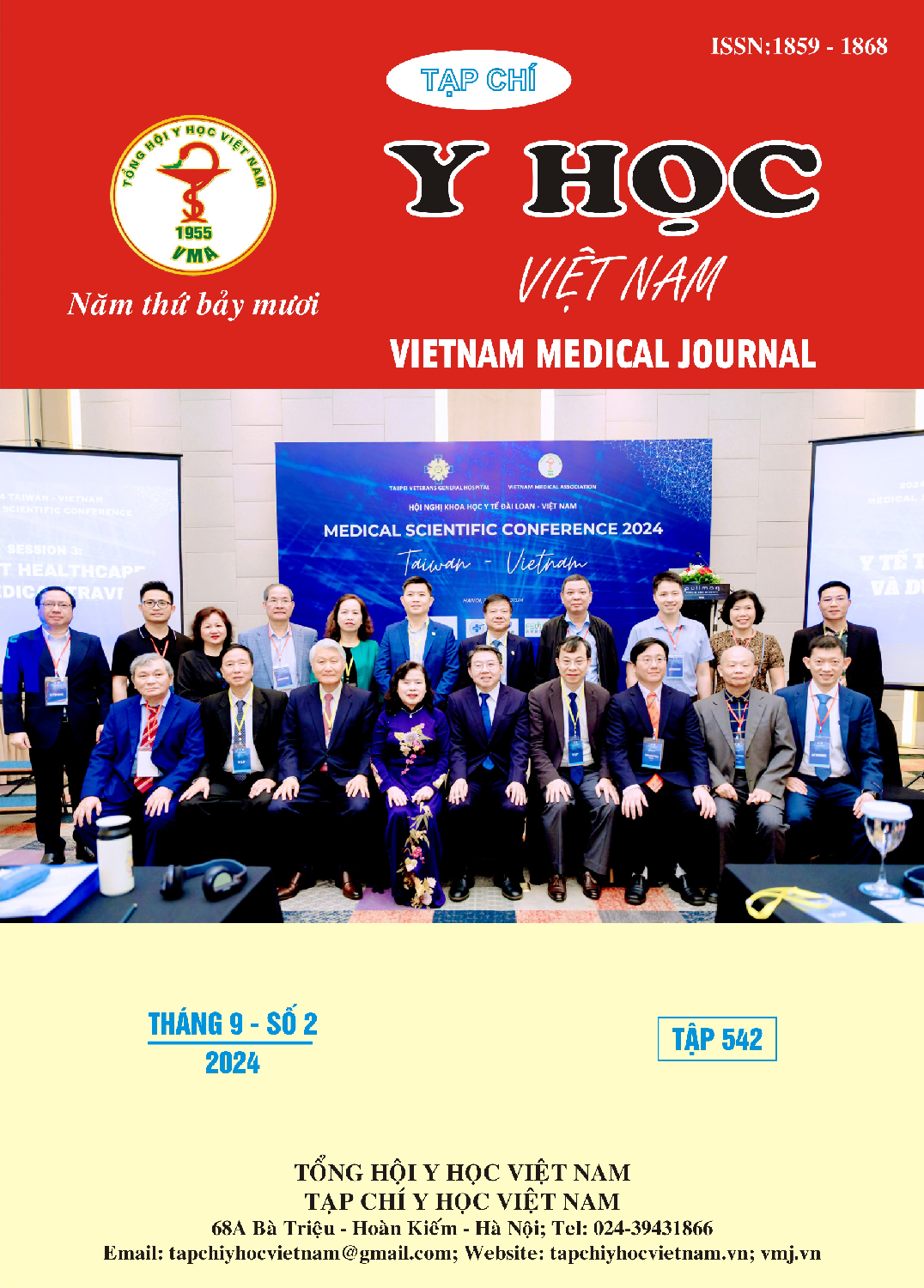IMPROVEMENT OF LABORATORY TURNAROUND TIME OF MICROBIAL IMMUNOLOGY RESULTS AT CITY CHILDREN’S HOSPITAL IN 2022
Main Article Content
Abstract
Introduction: The turnaround time (TAT) of laboratory tests plays a crucial role in medical examination and treatment. Shortening the TAT in nesessary to increase the effectiveness of diagnosis and treatment, aiming to improve patient satisfaction. Objective: To evaluate the effectiveness of quality improvement on TAT for microbiological test results at the City Children's Hospital in 2022. Method: The intervention study was conducted on immunomicrobiological test samples over the period from January 2022 to June 2022 at City Children's Hospital. The aim was to identify root causes and improve TAT of immunomicrobiological tests by applying a fishbone diagram and implementing targeted interventions for each root cause category. A logistic regression model was utilized to determine the testing phase's significant association with TAT and the proportion of on-time results. Results: Prior to the intervention, TAT for automated machine tests was 1588.4 minutes (315 – 2964), while rapid tests took 81.3 minutes (52.7 – 168.3). The achievement rates for meeting the on-time result targets for automated machine tests and rapid tests were 17.6% and 36.6%, respectively. After logistic regression analysis, it was determined that certain phases during testing, including a post-testing phase, were correlated with TAT. Root causes were identified from a fishbone diagram, stemming from the management, personnel, equipment, and method categories. Three intervention solutions were proposed based on the fishbone diagram: (1) Overall intervention in management and personnel, (2) Equipment: transitioning from Triturus with extended operation time to LiaisonXL and DxI800 with shorter operation times, (3) Method: relocating all machine systems to the Biochemistry department to run samples jointly with Biochemistry samples. Post-intervention results showed a reduction in TAT to 1531.2 minutes (286.1 – 2768.0) for automated machines and 106.1 minutes (85.0 - 143.6) for rapid tests. The achievement rates for meeting on-time result targets post-intervention were 89% for automated machines and 76.6% for rapid tests. Conclusions: There has been an improvement in TAT before and after intervention through the application of a fishbone diagram following logistic regression analysis, identifying causal groups, and implementing intervention solutions.
Article Details
Keywords
Turnaround time, microbial immunology testing.
References
2. Watts, N.B., Reproducibility (precision) in alternate site testing. A clinician's perspective. Arch Pathol Lab Med, 1995. 119(10): p. 914-7.
3. Neuberger, J. and M. Peters, The clinical interface--a British physician's view. Clin Chim Acta, 1996. 248(1): p. 11-8.
4. Hawkins, R.C., Laboratory turnaround time. Clin Biochem Rev, 2007. 28(4): p. 179-94.
5. Steindel, S.J. and P.J. Howanitz, Physician satisfaction and emergency department laboratory test turnaround time. Arch Pathol Lab Med, 2001. 125(7): p. 863-71.
6. Gupta, S., S. Kapil, and M. Sharma, Improvement of laboratory turnaround time using lean methodology. Int J Health Care Qual Assur, 2018. 31(4): p. 295-308.
7. White, B.A., et al., Applying Lean methodologies reduces ED laboratory turnaround times. Am J Emerg Med, 2015. 33(11): p. 1572-6.
8. Mohd Thabit, A.A., et al., Diagnostic accuracy of fresh drooled saliva for SARS-CoV-2 in travelers. Travel Med Infect Dis, 2021. 43: p. 102144.
9. Chien, T.I., et al., Evaluation and improvement strategy of analytical turnaround time in the stat laboratory. J Formos Med Assoc, 2007. 106(7): p. 558-64.


